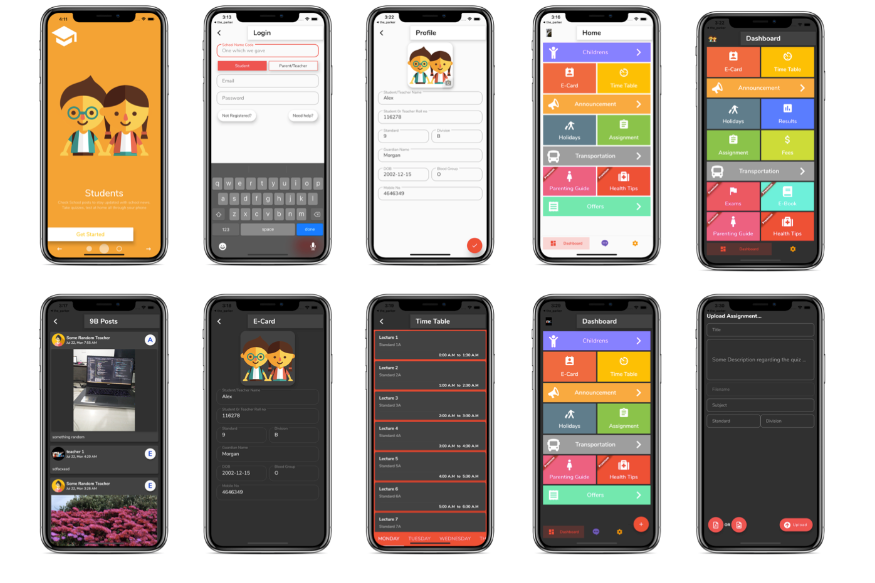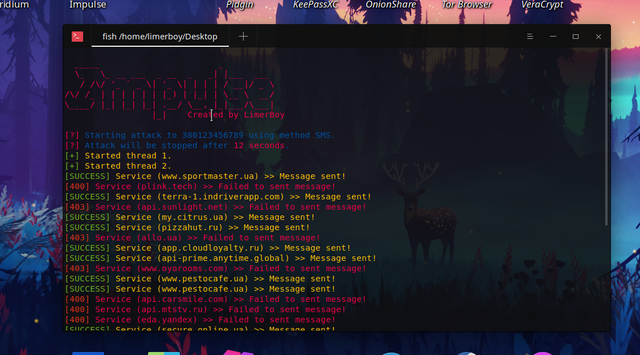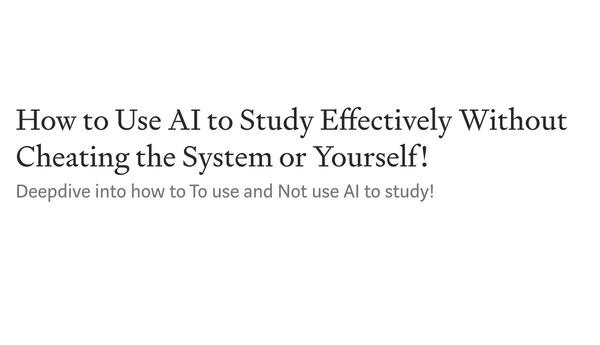Top Cybersecurity Threats Targeting the Education Sector: What Schools and Universities Should Know
Table of Content
The storage of large amounts of sensitive data and the allocation of minimal resources to cybersecurity make the education sector attractive to hackers.
Educational institutions are also a prime target for cybercrime, given their reliance on large distributed networks, the emergence of distance learning programs that allow students and staff to access educational institution resources from different points of contact, not all of which may be secure, and the need for most educational institutions to be properly trained on how to maintain cybersecurity.
Hackers and other cybercriminals target educational institutions to steal sensitive information and gain unauthorized access to critical systems.
At Medevel.com, we have covered numerous cybersecurity topics, ranging from tool collections to testing your organization's setup against cybersecurity threats. You can explore them in the following list:
- 41 Open-source and Free Vulnerability Scanners For Pentesting and Web App Security
- WordPress Security Vulnerability Scanners and Pentesting Tools
- Free Network Management and Monitoring Tools for Enterprise
- Free and Open-source Internet and Network Traffic Monitor for Linux, Windows and macOS
- 10 Best free browsers with VPN for Windows, Linux, macOS, iOS and Android
- Free Solutions for Anonymous Internet Browsing
We also covered the top 10 Cyber Threats for Healthcare Systems.

The most common cybersecurity threats that the education sector may be exposed to include:
1- Malware attacks:
The number of malware attacks on higher education institutions increased significantly by 26% in 2022, according to the SonicWall Cyber Threat Report; as cybercriminals deploy malware on educational institutions’ systems to gain unauthorized access to their internal systems.
SonicWall also reported a 146% increase in malware attacks against smart devices in the education sector. This type of threat is expected to increase as the Internet of Things (IoT) becomes more widespread and educational institutions rely on more smart devices for everyday use.
How to Prevent Malware Attacks:
Malware attacks are constantly evolving, so the best way to prevent them in educational institutions is through continuous training and education of employees in the field of cybersecurity.
Organizations should also use security software, such as anti-malware software, to protect their systems.
According to a Comparitech report published in March 2024, 75% of organizations have been attacked by malware that spread from one employee to another.
Therefore, during training sessions, employees should be exposed to examples of malware attacks; so that they can accurately identify these attacks and try to prevent them during their daily work and communications.

2- Ransomware Attacks:
Ransomware attacks occur when cybercriminals steal an organization’s data or take control of its systems and demand a cash payment before relinquishing control to the organization.
Ransomware-based attacks cause significant damage to educational institutions due to their long duration, the financial loss associated with them, and their role in causing long-term disruption to core operations.
According to a 2023 report by Sophos, 80% of IT professionals in the education sector reported that their organizations experienced a ransomware attack in 2022.
In the future, cybercriminals will continue to target the education sector with ransomware because many previous attacks have been successful.
A 105% increase in ransomware incidents in 2023, primarily targeting U.S. schools, but also affecting institutions in the UK, Australia, and Germany. Notably, gangs like LockBit and Vice Society were responsible for the majority of these attacks
Some of the most notable previous ransomware attacks on the education sector include:
In June 2020, hackers used a Netwalker ransomware attack to encrypt sensitive data stored on the University of California, San Francisco’s servers, and demanded that the university pay $1,140,895 in Bitcoin for the decryption key.
In March 2021, hackers demanded $40 million after stealing the personal data of about 50,000 employees and students at Broward County Public Schools in Florida, including Social Security numbers and health care information, but the school refused to pay the ransom.
In May 2020, cybercriminals exploited a botched fix in one of Michigan State University’s VPNs and demanded a large sum of money.
The university refused to pay the ransom, instead focusing on upgrading its IT department and implementing multi-factor authentication (MFA).
How to prevent ransomware attacks:
Educational institutions can prevent ransomware attacks by installing data security improvements and developing security measures to prevent unauthorized access. They should also ensure that all software is up to date to reduce vulnerabilities.
As Michigan State University did after its attack, educational institutions should centralize IT resources so that different departments can have the necessary security solutions.

3- Phishing attacks:
Phishing attacks are attacks that collect user information disguised as a legitimate website or email account. These attacks typically target the following personal information:
- Credit card numbers.
- Login credentials.
- Bank account numbers.
- Social Security numbers.
- Phone numbers.
In the education sector, phishing attacks may target student data, research data, or employee credentials. Phishing attacks typically trick users into clicking on a link, downloading a file, or participating in competitive activities on a fraudulent website.
Attackers often use phishing emails and malicious advertising (malvertising) to gain entry into school systems, posing as legitimate businesses or software providers
How to Prevent Phishing Attacks:
The best way to protect yourself from phishing emails is to provide cybersecurity awareness training. This involves training employees on how to recognize phishing attacks, giving them real-life examples, and training them on how to act if they are exposed to this type of fraud.
4- Distributed Denial of Service (DDoS) Attacks:
DDoS attacks disrupt the targeted server by overwhelming the server or its surrounding infrastructure with continuous traffic. Cybercriminals deploy DDoS attacks through compromised computer systems, IoT devices, and other compromised devices.
As educational institutions have started using smart devices more than ever to keep up with the important evolving requirements of online learning and smart classrooms, this has expanded the opportunity for cybercriminals to carry out DDoS attacks.
How to Prevent DDoS Attacks:
Educational institutions can prevent DDoS attacks by taking the following measures in the platforms they use:
Increase the capacity of the cache to improve the efficiency of data retrieval and reduce the pressure on the underlying servers.
Limit the amount of traffic that can occur during a certain period of time to prevent overburdening web servers.

5- Insider Threats:
In the education sector, insider threats are current and former students and employees who have access to the organization’s network, systems, or data. These individuals may pose a significant risk because they know a lot about the organization’s systems.
How to Prevent Insider Threats:
Although not all former or current users intend to carry out harmful activities against the organization they work for, organizations should limit the access their employees have to their systems, and manage who has access to what types of data.
This will minimize the damage that some individuals may cause to the organization.
Wrapping Up
In conclusion, the education sector faces a growing wave of cybersecurity threats, with ransomware, phishing, and data breaches leading the charge. Educational institutions are particularly vulnerable due to the sensitive information they hold, including student data and intellectual property.
The significant increase in ransomware attacks, especially during the back-to-school season, underlines the urgency for schools and universities to prioritize cybersecurity defenses.
Implementing robust security protocols, training staff and students on cybersecurity awareness, and employing advanced technologies like zero-trust frameworks can help mitigate these threats. Institutions must remain vigilant and proactive as cybercriminals continue to evolve their tactics, targeting this critical sector.












